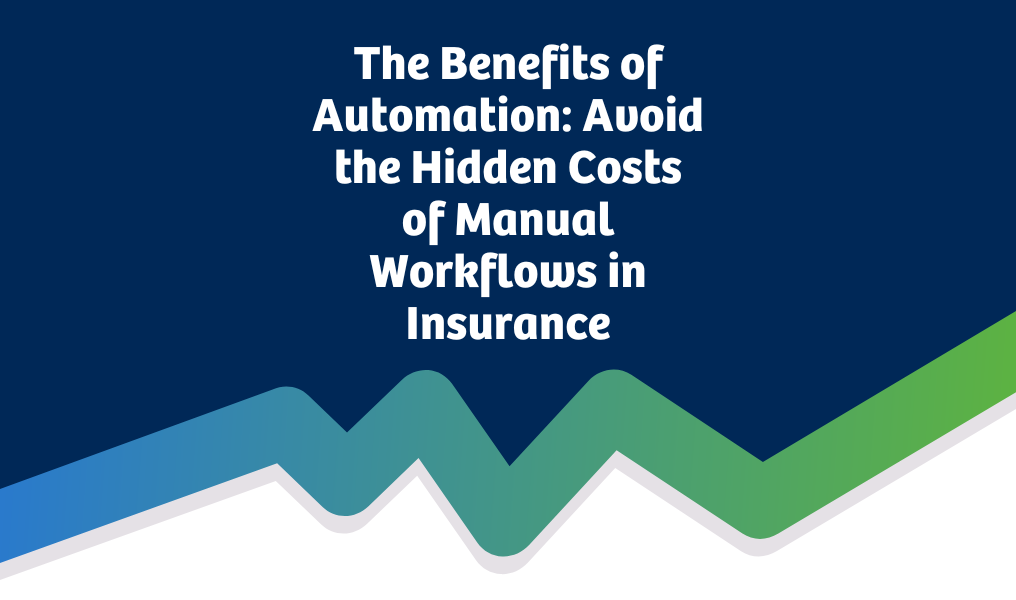When it comes to insurance trends, we’re mostly talking about risks and what will be making our jobs a little more challenging in 2023. Of course, the challenges in front of us present a great opportunity to deliver increased value and demonstrate to our clients that we have our finger on the pulse of not only what is happening, but the vision and insight to know what lies ahead. So, let’s take a look at some of the top trends predicted to impact insurance in 2023.
- Continuing hard market – While there was a brief glimpse of hope in late 2022 that the market might be softening, as evidenced by some decelerated pricing and expanded capacity, there was not nearly enough momentum to break the hold of the hard market. We will continue to see tougher underwriting standards, rising premiums and limited capacity for most lines of coverage, much to client and consumer disappointment. Rising premiums will loom large as consumers are facing rising costs in every area.
- Intense cost pressures – Skyrocketing costs will continue in almost every imaginable area from materials to healthcare to wages to premiums to basics, like food and housing. As costs rise across the board, clients and consumers will take tougher looks at what may be considered critical areas of focus, while other areas may be discontinued or paused.
- Looming recession fears – Closely tied to rising costs and high inflation, businesses are preparing for decreased sales and profits while consumers are cutting back as they experience or plan for a reduced cash flow. This is the time to take measures to prepare, including scaling back spending and operations while firming up financial plans.
- Medical benefits and wage inflation – Employees want higher wages and better benefits. In 2023, something will have to give. Medical benefits costs continue to rise which may lead to many companies needing to restructure or re-examine their employee benefits programs. They will need to investigate new or alternative solutions that not only maintain and manage costs, but also provide value to employees find valuable. Employees also are demanding higher wages, and that may not be possible. Creative perks and alternate work models may come into play to meet hiring levels as well as employee satisfaction levels.
- New noise in the workforce – We’re talking about the labor shortage, quiet quitting, and quiet firing – balanced with the looming recession and potential drop in available jobs. Employees have been jumping ship trying to capitalize on the recent labor shortage in some industries, but will that opportunity exist in 2023 as companies are forced to tighten up spending? Employers will have to step up their game to attract and retain talent and employees will have to put in the hard work to keep a job with a fair wage.
- Evolving consumer expectations – Not a new development, but one that is more vocal and demanding than ever: the consumer. Individuals and businesses alike want more. More value. More communication. More options. More technology. More convenience. You get the picture. What will you do in 2023 that not only meets expectations, but exceeds expectations. Consumers want it all. How will you deliver?
- Extreme weather events – An increase in frequency of natural disasters, have come with devastating loss and cost. These incidents are incredibly difficult to predict, as they aren’t just limited to certain geographic areas. These events have upended insurance coverages and the insurance industry will need to pivot and develop ways to keep up with these acts of nature. One focus may be on preparedness and the impetus for businesses and consumers to be “weather-ready.”
- Foreign conflicts – Ongoing international conflicts, particularly Ukraine-Russia, continues to raise flags and have far-reaching impacts on trade, financial markets, energy concerns, and more. Many of the implications can’t be predicted, but potentially planned for. Areas like supply chain issues and materials shortages should lead companies to create a series of back-up plans. Additionally, these foreign conflicts deeply impact coverages as it relates to these events. Exclusions to coverage and specific policy wording are becoming key areas of conversation.
- Continued climb of cyber risks – The agility of cyber criminals becomes more concerning every day. Our efforts to control and mitigate cyber risk is getting harder as well. The increased frequency and severity of cyber attacks and incidents is a continued area of anxiety. Businesses must find ways to better protect data and systems and we, as an industry, must find and offer better ways to predict and offset cyber risk.
- Digital transformation – A positive item on the list, but not one without many implications. Technology is maturing and still growing in an industry that has been historically slower to adapt to digital changes. There is a quest to drive efficiency, transformation, and customizable solutions internally and our for clients. New technologies are being developed and launched to offer consumers flexibility, scalability, and value. These tech offerings can help companies flex and grow as they need to offer new or improved service models and options.
PREPARE FOR THE IMPACT
Clearly, it’s a year that has many extreme variables and issues at hand. Prepare for what’s predicted. Expect the unexpected. And, most importantly, control what you can control. Whether you deem it’s a year to scale-back to prepare for decreased profits or you decide it’s time to streamline your tech to keep clients renewing policies, it’s time to decide.
















